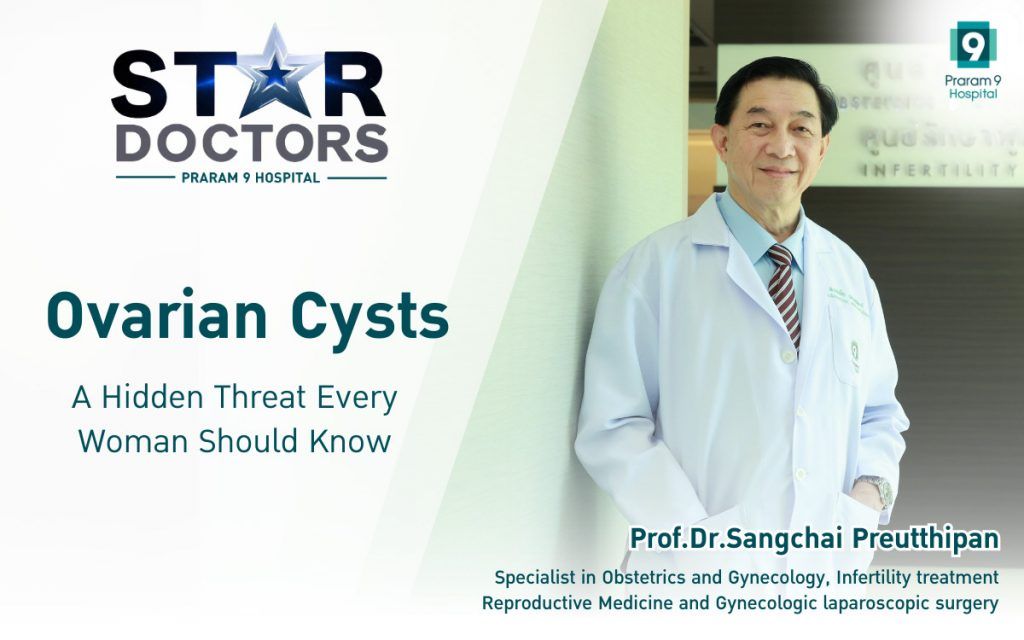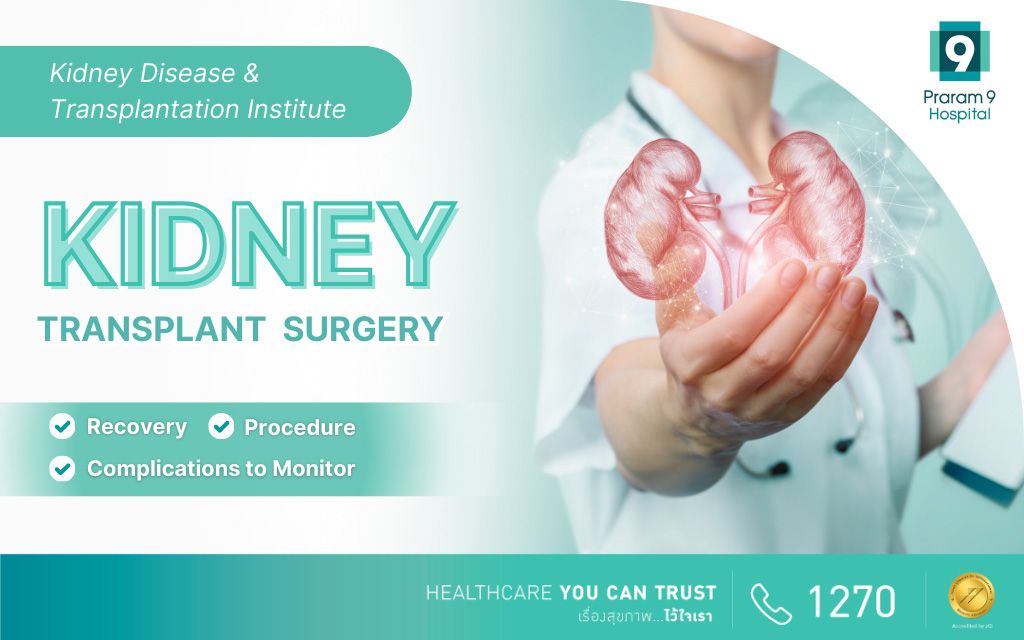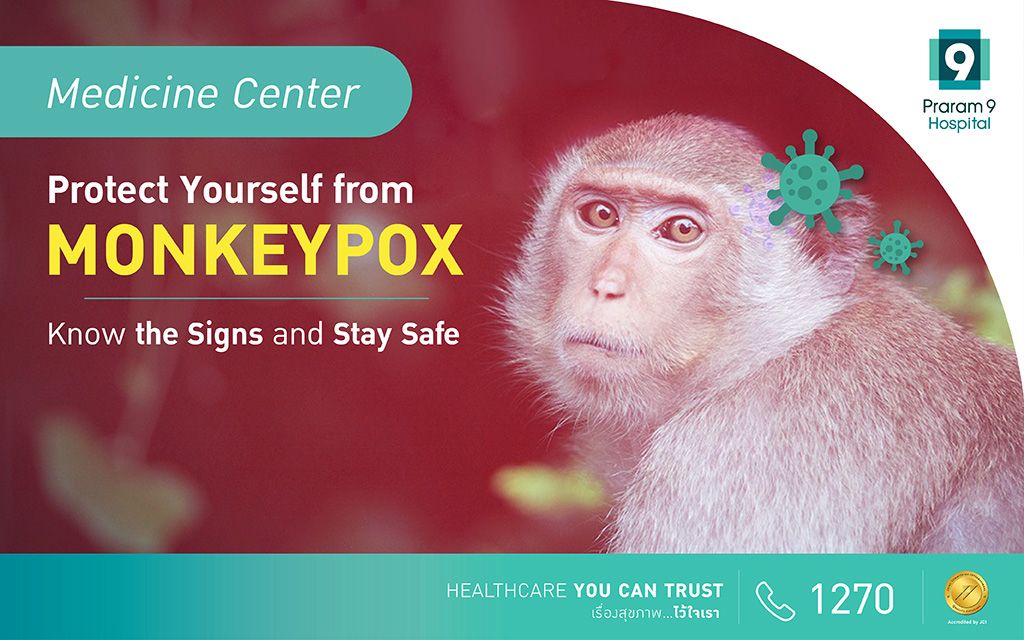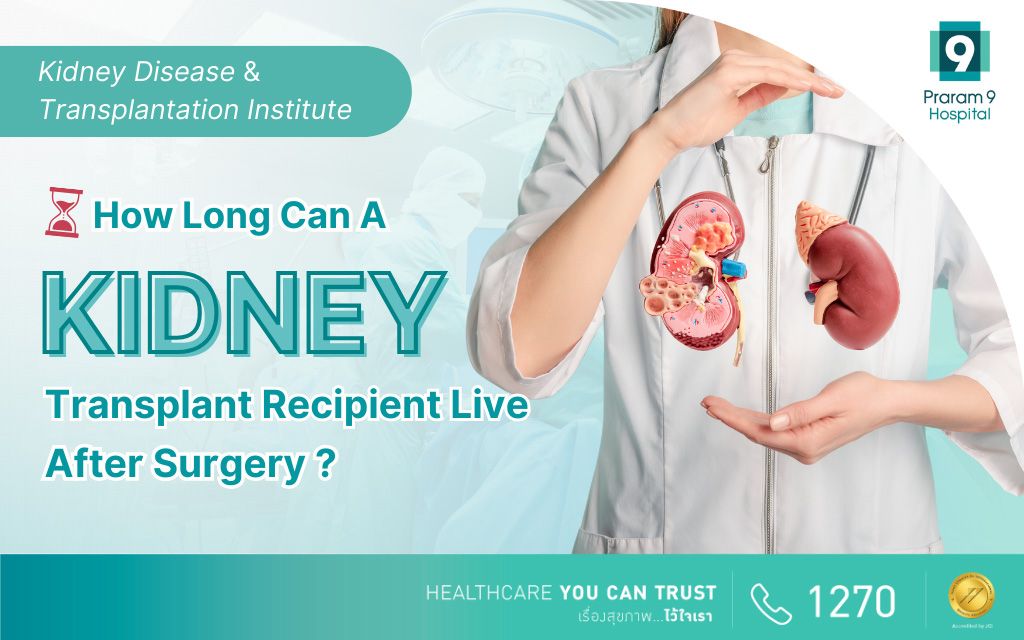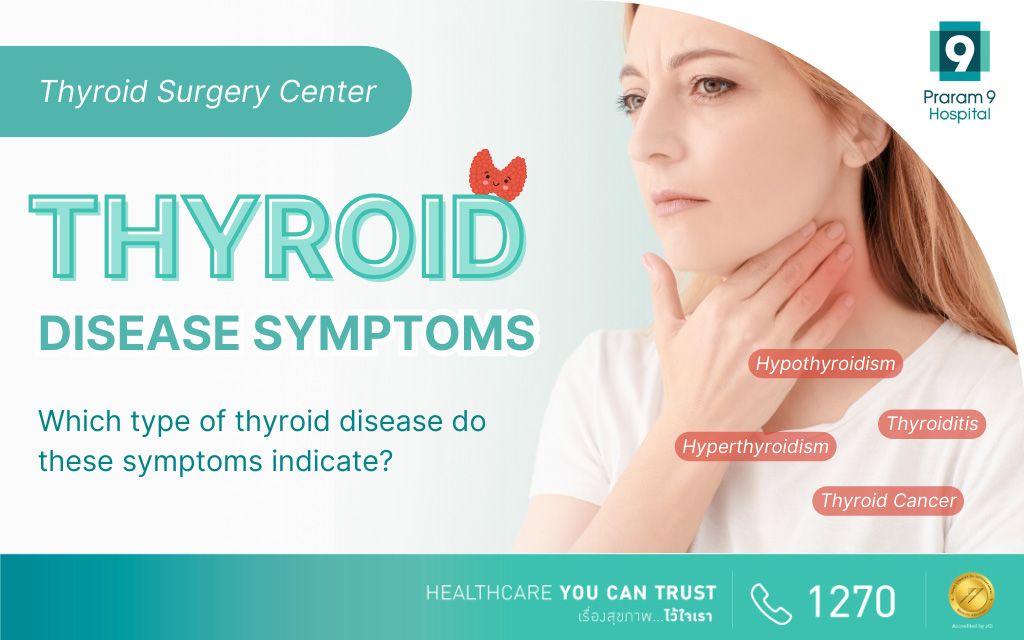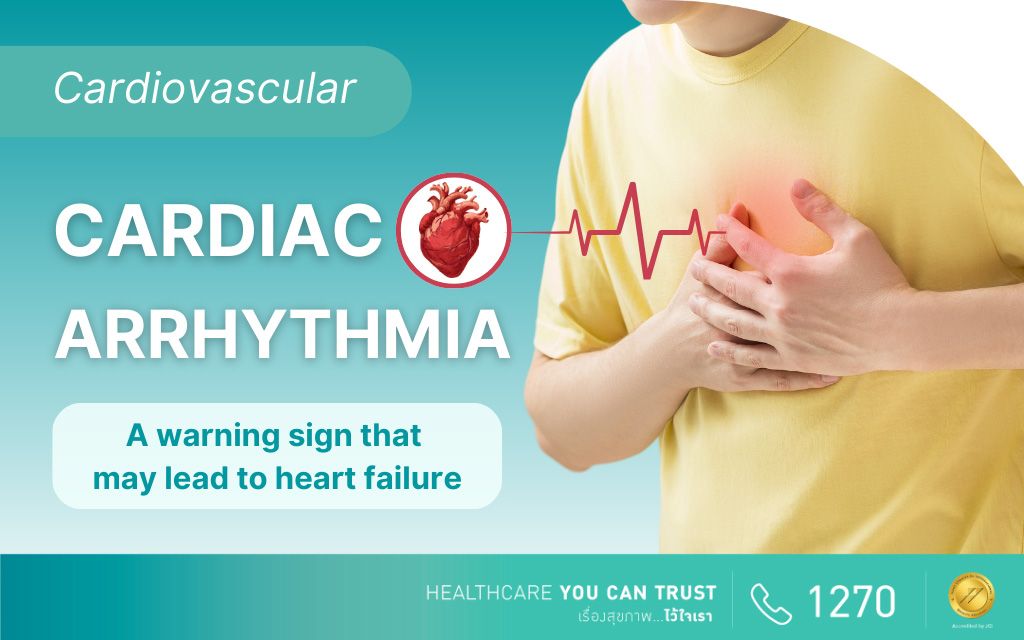Health Articles
Knowledge
Cervical Cancer Vaccine: How Many Doses Do You Need?
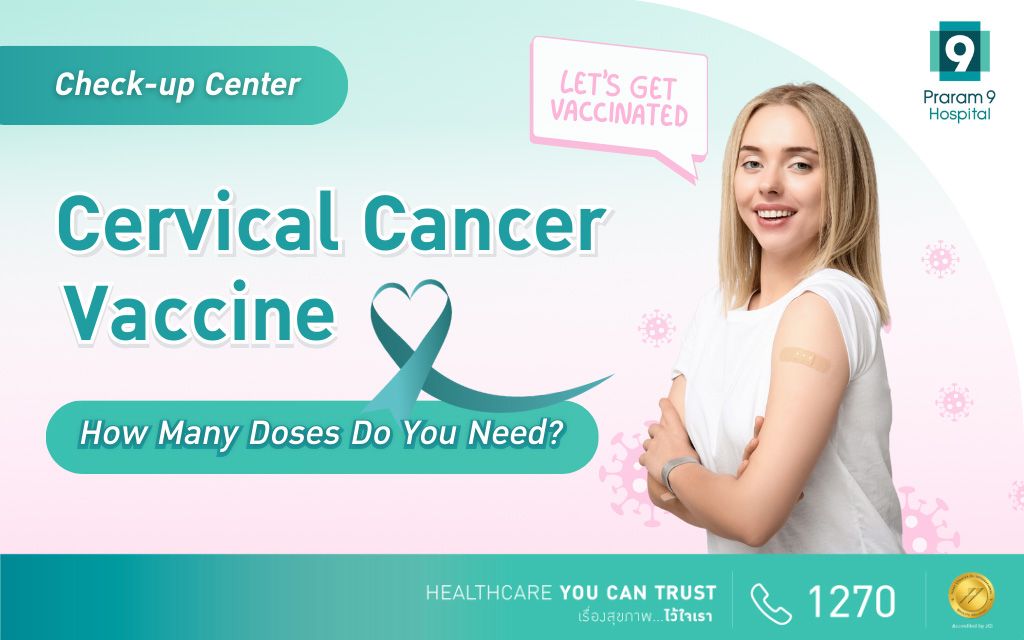
What is Cervical Cancer?
Cervical cancer develops from abnormal cell growth in the cervix, primarily due to HPV infection, a common virus transmitted through sexual contact. While HPV has over 100 strains, types 16 and 18 cause approximately 70% of cervical cancer cases. HPV can also cause to genital warts and other types of cancers, highlighting the importance of early vaccination.
Why Should You Get the Cervical Cancer Vaccine?
The HPV vaccine effectively prevents infections from high-risk HPV strains that lead to cervical cancer. In addition, it reduces the risk of other HPV-related cancers such as vulvar, vaginal, anal, and oropharyngeal cancers.
Types of Cervical Cancer Vaccines
- Bivalent Vaccine: Protects against HPV types 16 and 18, the primary causes of cervical cancer.
- Quadrivalent Vaccine: Covers HPV types 6, 11, 16, and 18, also preventing genital warts.
- Nonavalent Vaccine: Offers broader protection against nine HPV types, covering additional cancer-causing strains.
Where to Get the Cervical Cancer Vaccine
The vaccine is administered as an intramuscular injection, typically in the upper arm for easy absorption. A healthcare professional should give the vaccine to ensure maximum safety and effectiveness.
Cervical Cancer Vaccine Doses and Timing
- Ages 9-14: Two doses are recommended, with the second dose administered 6-12 months after the first.
- Ages 15 and Older: Three doses are required, with the second dose given 1-2 months after the first, and the third dose 6 months after the first.
- Special Cases: Individuals with weakened immune systems should consult their healthcare provider for personalized dosing recommendations.
Ensuring Maximum Effectiveness
- Vaccinate Early: The ideal time to vaccination is before any exposure to HPV, typically between ages 9-14.
- Complete All Doses: Full protection requires all doses as scheduled.
- Regular Health Checkups: Routine Pap smears are essential for early detection of potential issues.
- Healthy Lifestyle: Maintaining good health and safe practices can boost immune response and reduce HPV exposure.
Additional Prevention Measures
While the vaccine provides substantial protection, regular screenings and healthy habits further reduce the risk of cervical cancer. Consult with a healthcare provider for personalized guidance.
HPV Vaccine Package at Praram 9 Hospital
Human Papillomavirus (HPV) 4-valent Vaccine
- 2 Doses: 6,900 THB for children aged 9–14 years
- 3 Doses: 9,900 THB for adults
Human Papillomavirus (HPV) 9-valent Vaccine
- 2 Doses: 14,000 THB for children aged 9–14 years
- 3 Doses: 20,700 THB for adults
Promotion valid until December 31, 2024
*The above prices include service fees but do not include doctor fees.
*Terms and conditions apply as specified by the hospital.
Conclusion
The cervical cancer vaccine is a simple yet essential step to protecting against a deadly disease. Knowing “how many doses of the cervical cancer vaccine” are needed and following the correct schedule ensures the best protection for yourself and your loved ones.
For more information or urgent, please contact
TEL: 1270 (Local) or +662 202 9999
Email: [email protected]
You can consult a doctor from anywhere through video calls.



